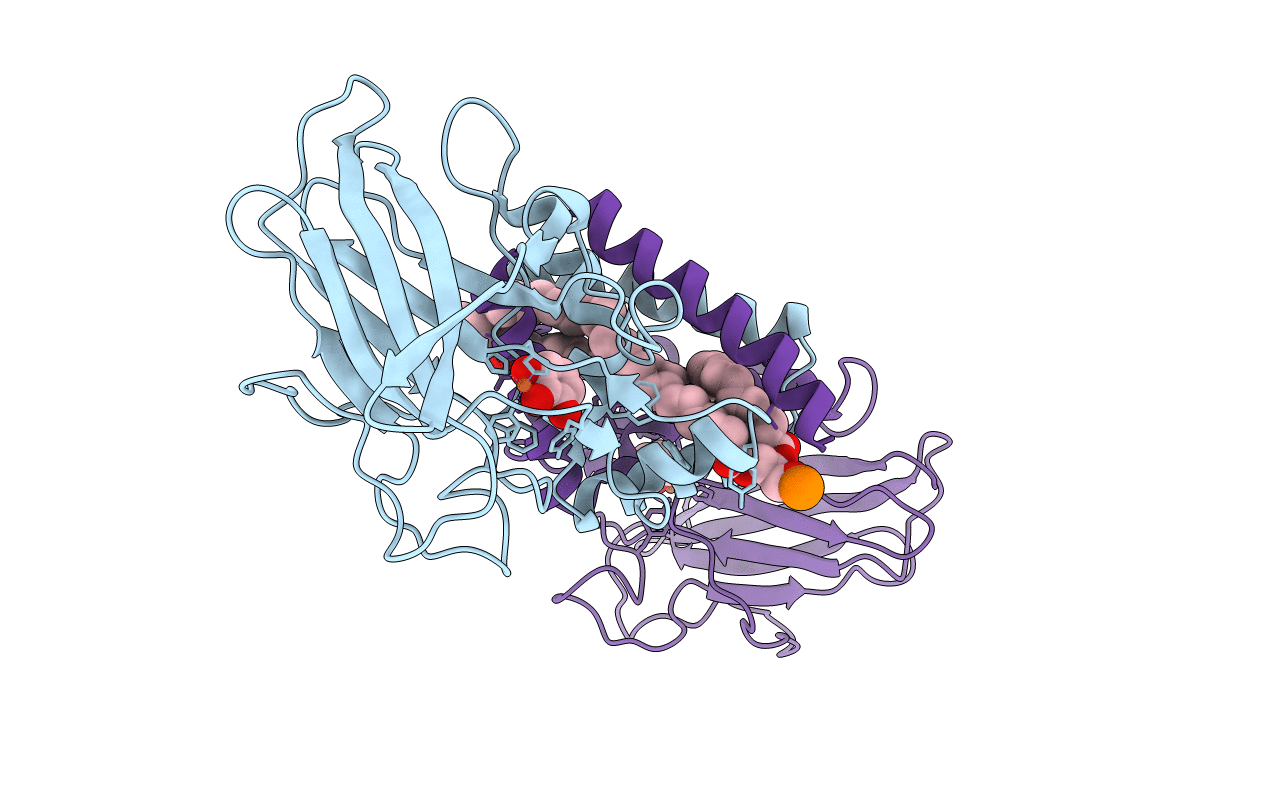
Deposition Date
2010-07-29
Release Date
2011-08-17
Last Version Date
2024-02-21
Entry Detail
PDB ID:
3O6R
Keywords:
Title:
Crystal Structure of 4-Chlorocatechol Dioxygenase from Rhodococcus opacus 1CP in complex with pyrogallol
Biological Source:
Source Organism:
RHODOCOCCUS OPACUS (Taxon ID: 37919)
Method Details:
Experimental Method:
Resolution:
2.60 Å
R-Value Free:
0.31
R-Value Work:
0.22
R-Value Observed:
0.22
Space Group:
P 63 2 2


